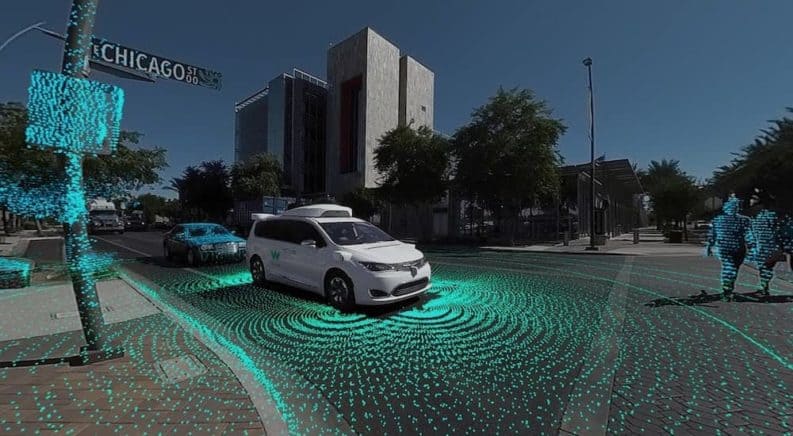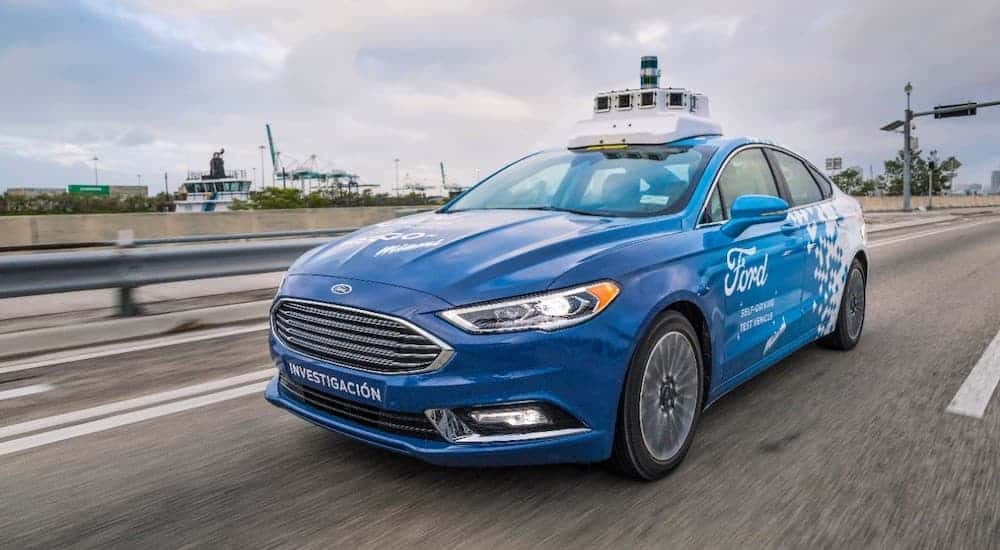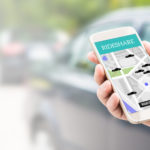At the start of 2019 current auto news headlines were almost exclusively dedicated to one of three things: autonomy, electrification or… well… ’other’. Not to diminish every other new story reported upon – be it related to recalls, plant closures, industry shows or new model year offerings – but even a large percentage of those stories clearly circled around either autonomous or EV vehicles in some form or fashion. Simply put, there was no need for road signs any longer; sustainable and self-driving vehicles were the direction that automotive technology was headed in.
With that in mind, it would be hard to argue the significance of the metamorphosis the industry is currently undergoing; hell, it would be hard to argue that the next decade will usher in more significant changes to the automotive landscape than we’ve ever seen before.
And while electrification (and sustainability, in general) will be a huge part of that change, it feels like a natural progression that we’ve been heading towards – in some form or fashion – since the fuel crisis of the 1970s. Self-driving vehicles, on the other hand, have (until recently) been viewed as a sci-fi trope, right up there with flying cars, unlikely to become a reality anytime soon.
And then, just a few years back, we found ourselves collectively blindsided by the revelation of just how close we actually were. Growing partnerships between automakers and Silicon Valley-types were introducing new technologies that would forever change what it meant to get from Point A to Point B. The industry was moving forward at breakneck speed, and the advancements had become all-the-more visible by real-world road testing and the barrage of headlines, be they supportive or scandalous.
SENSE-ing the Change to Come
To mobilize a consumer base in favor of autonomy, there must be certain well-tested assurances put in place to bridge the gap from traditional operator-centric driving. Such technologies help to ease the average (and even the most skeptical) driver into a better state of comfort needed in order for them to relinquish exclusive (even rudimentary) control over a vehicle; after all, a vehicle is little more than a motorized projectile weighing thousands of pounds, and hurtling forward at high-speeds alongside other such projectiles doing the same.
Enter the advent of advanced driver assistive systems and sense-based technologies. With the lion’s share of the former benefiting from or built upon the later we find ourselves accepting of the technology presented in order to bridge the aforementioned gap.
Solid-state LiDAR (Light Detection And Ranging) for example, utilizes light beams in an attempt to map a vehicle’ surroundings and can be instrumental in ‘smart’ variants of cruise control and advanced braking technologies. Combined with other sensor arrays and driver monitoring technologies, we’ve already started to place trust (even a degree of reliance) upon such advances. New model offerings over the last two years have introduced lane-stay, collision mitigation, and attention-centric features designed to encourage safer motor vehicle operation practices. Needless to say, technologies have made us far more open to autonomy than we would have been even a few years ago.
Who’s Leading the Charge
In a (Q1) 2019 review by Navigant Research of the companies (both automotive and tech-centric) leading the charge towards autonomy, the following were named among the current Top 10, with Waymo at the number one position (based on an assessment of their respective vision, go-to-market strategy, partners, production strategy, technology, sales, marketing, distribution, product capability, product quality, reliability, product portfolio, and staying power).
- Renault-Nissan-Mitsubishi Alliance
- Toyota
- Baidu
- Daimler-Bosch
- Volkswagen Group
- Intel-Mobileye
- Aptiv
- Ford
- GM
- Waymo (Google Self-Driving)
While each depicts a unique strategy, each one also should be viewed as a partnership rather than a self-contained effort. With the possible exception of Tesla, most companies require a union of established automakers and proven tech developers to unite two very different systems to the point where they operate in unison.
The result, at best, is currently a Level 4 autonomous vehicle; this means a vehicle capable of driving itself within a geo-fenced area with a human operator present and able to take control of the vehicle if needed. And while that’s merely in terms of what has been successfully road-tested to-date, it can’t be used to universally pinpoint the progress made by each of the 100+ companies who currently have self-driving technologies in development. And while the last eighteen months have felt like a race towards autonomy, it feels like some of the leaders might be pumping the brakes in favor of realism and practicality.
April 2019
As one would expect, the beginning of April 2019 brought both Q1 numbers and the inevitability of running changes to automaker strategies. Consider for a moment Ford and Uber, two transportation powerhouses that have chosen to reconcile the expectations associated with past promises, against the reality of what they are currently able to deliver.
In an interview with Reuters, Raquel Urtasun (Chief Scientist at Uber’s Advanced Technologies Group) injected a heavy dose of realism into our collective expectations. “Self-driving cars are going to be in our lives,” she said adding, “The questions of when is not clear yet.”
This statement seemed to run parallel with comments made by Ford’s CEO Jim Hackett who addressed the Detroit Economic Club stating that Ford had “overestimated” the timeframe at which autonomous vehicles could be integrated, citing a lacking infrastructure as the primary obstacle. In other words, our roads (on a natural, if not global scale) simply aren’t ready to support the transition.
Interpreted by many as a sudden sense of back-pedaling on the last few years’ worth of ever-accelerating promises, each of these statements – in our opinion – reflect a welcome dash of both realism and transparency. As most anyone reading this article might agree with, I find joy in the experience of driving and am not ready to relinquish it, be it through force or product persuasion. And while I’ve had plenty of my own doubts regarding the accelerated timeline that has been laid out by many automakers (take Tesla, for example, looking to introduce an offering by 2020) I can appreciate, and might even welcome, some of the practical benefits that have been presented.
In fact, it seems far more likely that autonomy will become a component of ride-sharing and public transportation before it becomes a reality for the private consumer. Not that there haven’t been hiccups along the way, like the 2018 fatality where an Arizona pedestrian was struck and killed by a self-driving Uber prototype.
But I have no intention of vilifying Uber for the casualty which had resulted from their R&D process… The weight of that must already weigh heavily on their shoulders. While I remain sympathetic to the victim and their loved ones, the willingness of Uber to pump the brakes, reprioritizing potential for profit is commendable. The same could be said for Ford, whose hat is very much still in the ring. Even if the years to come will inevitably bring an overwhelming amount of change to our collective understanding of mobility, there’s no shame in taking our time, releasing fully-realized technologies made safer by properly developed infrastructures, while educating and assuring consumers so that they can grow progressively more comfortable with that change.
Because, as with anything, there’s the right way to do things — and the fast way of doing things. In this case, I’m definitely okay with both automotive and tech giants taking the slow road. Agree/Disagree?





